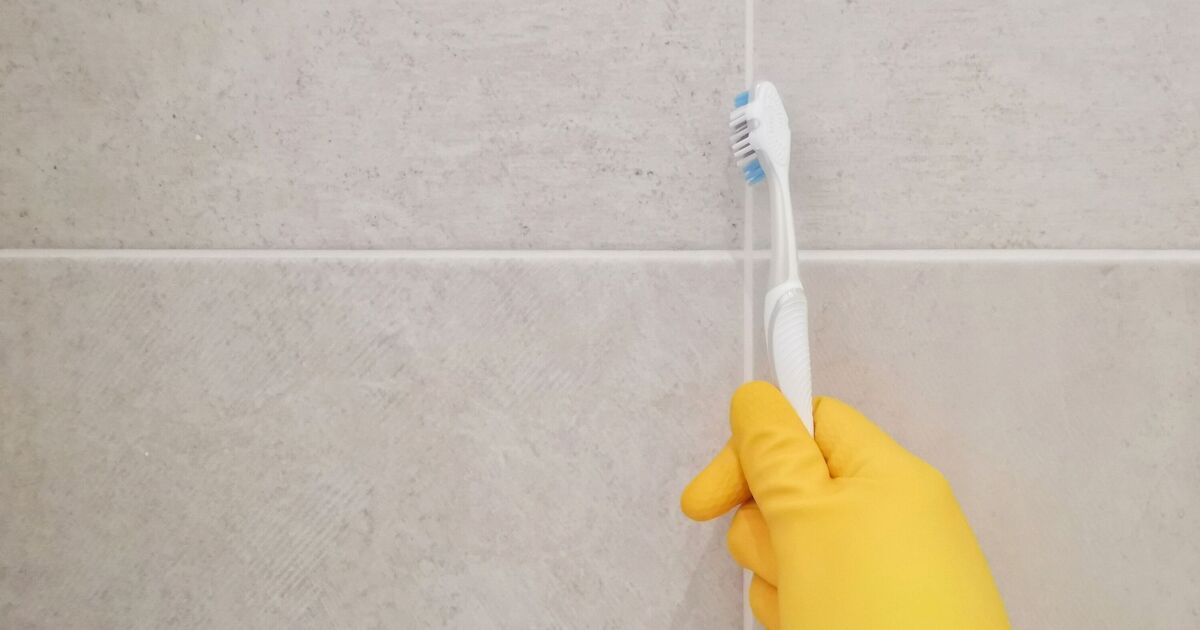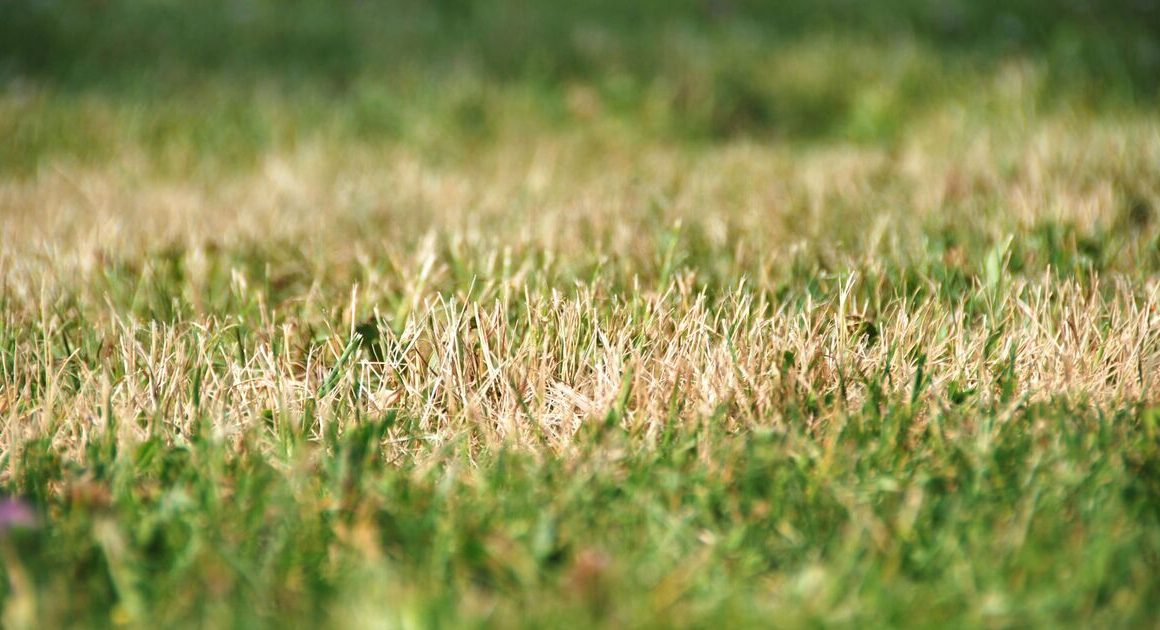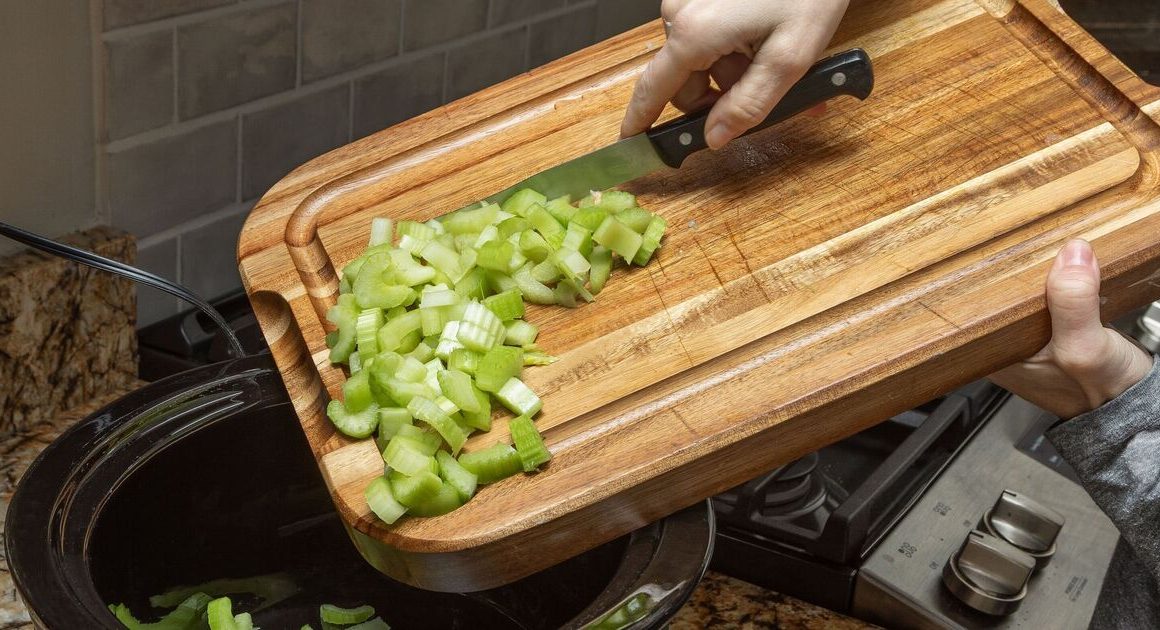White vinegar is a cleaning gem, noted for its affordability, efficacy, and versatility perfect for those aiming to minimise the use of chemicals at home.
Its ability to cut through stains is down to its acidic properties that help lift them away for easy removal.
Beyond that, it serves multiple roles, acting as a DIY fabric conditioner, window cleaner, and effective kettle descaler.
When vinegar is partnered with baking soda, it’s brilliant for busting drain clogs, provided it’s applied consistently.
However, not all surfaces are vinegar-friendly, with some potentially being harmed by its strength.
Cleaning experts at Puro Clean claimed that while household vinegar has many applications in home cleaning, using this versatile substance is inappropriate in many situations. Because vinegar is acidic, it can “corrode and destroy” certain parts of your home.
The experts have shared three of the most common places where “vinegar should never be used” and what to use instead.
1. Grease stains
The acidic properties of vinegar “won’t help you remove grease” from any surface.
If you want to clean greasy spots, use a regular dishwashing detergent or another alkaline cleaner.
2. Stained grout
While white vinegar can clean tile surfaces effectively, it’s not great for grout lines.
Its acidity can “erode the grout”, causing it to discolour, “weaken and deteriorate” over time.
Instead, the cleaners recommend opting for grout-specific cleaner or making a paste using baking soda and water for grout cleaning. Gently scrub the grout lines to avoid damage.
3. Delicate fabrics
Despite vinegar being safe for a variety of laundry items, vinegar’s acidity can “weaken and fade” delicate fabrics like silk. Avoid using vinegar-based solutions on these materials.
Follow the care instructions on the label. Use mild dish soap and water on a soft cloth for spot cleaning.












